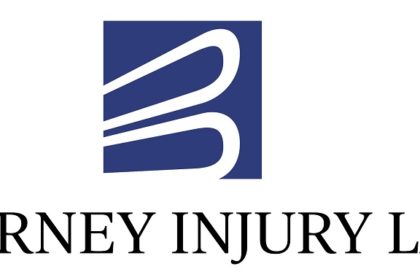Maximizing the body’s intrinsic capacity to repair and regenerate itself fascinates me as a critical component of health and wellness. Painful joints, arthritis, and degeneration in muscles, tendonitis, ligament injury, and sprains may all respond well to a regimen of both active and passive therapies.
A large part of the therapy process involves doing things like strength training, postural and biomechanical changes, and other forms of therapeutic and corrective exercise. Another way of saying this is that in order to receive anything out of something, you must first put something into it.
Surgery, acupuncture, injections of steroids or cortisone, and medicines to alleviate pain are all examples of active therapy techniques. Treatments that do not actively engage the patient, such as opiates, include manual therapy, massage, dry needling, and trigger point therapy. Passive treatments, although simpler to implement, do not have the same long-term advantages as their active counterparts.
The stem wave therapy, also known as extracorporeal shock wave therapy, is a passive treatment method that we want to shed some light on in this research.
- The findings are promising.
- Not one of these things is intrusive (no risk of infection or needles required)
- Damage to living tissue is not a concern (like you get from steroid injections)
- The findings of both the fundamental and applied sciences confirm that it is safe to use in a variety of settings and have led the FDA to authorise its usage.
Specifically, how does Shock Wave Therapy work?
Delivery of shock waves to a damaged region is the basis of Extracorporeal Shock Wave Therapy (EWST), also known as Shock Therapy.
- This therapy generates powerful shock waves, which trigger the chemical cascades necessary for cellular regeneration.
- During this procedure, high-intensity mechanical energy is injected into the area of soft tissue that is either uncomfortable, inflammatory, or scarred (in the form of a shockwave).
- There are over 3,400 peer-reviewed scientific studies detailing the physiological and molecular mechanisms at play during shock wave treatment.
Shock wave therapy causes three primary physiological reactions in the treated tissue:
When shock waves collide with tissue, they generate pressure waves.
The mechanical stimulation of our cells into activity by the pressure waves triggers a chemical response. What just occurred may be characterised as a chemical reaction.
Biological Reaction – The cells are coaxed into encouraging tissue regeneration, new blood vessel creation, and a decrease in inflammatory chemicals. These are the inevitable results (muscles, ligaments and tendons)
The following diagram visually depicts the current state of scientific understanding on shock wave treatment.
In what ways can one anticipate to profit from shock wave therapy?
It’s possible that shock waves promote the development of both connective tissue and blood vessel expansion. They help alleviate back and joint discomfort without the use of needles, which reduces the risk of infection.
Initially used to treat tendinopathies and muscle injury, shock wave therapy has now been demonstrated to be effective in treating spinal cord injuries and regenerating damaged vascular and nerve tissue.
Tissue repair and reconstitution
Extracorporeal shockwave treatment is effective for a wide variety of musculoskeletal conditions (SWT). Most often, it is used to treat chronic illnesses, particularly those that involve tendons of medium to large diameter and their osseous insertions. After reading this, it should be obvious that SWT may be used to treat musculoskeletal problems.





